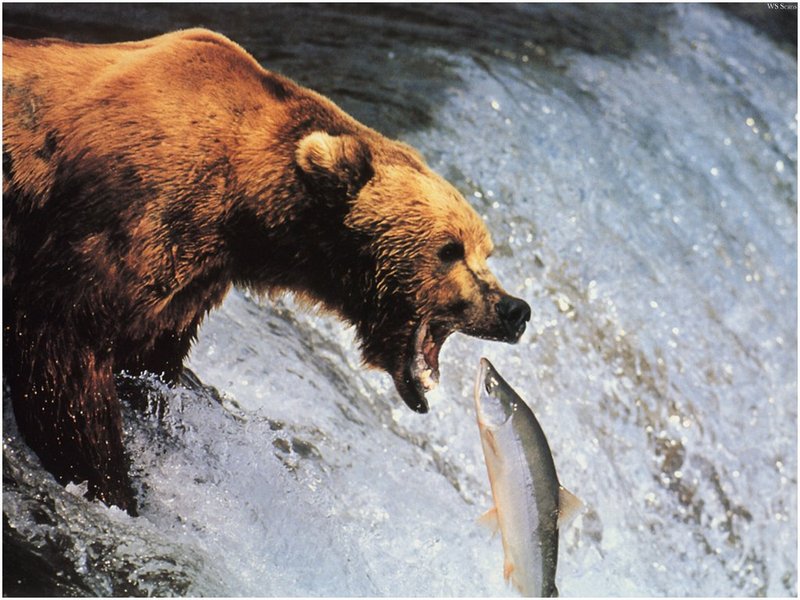|
| Query: Bear | Result: 729th of 4806 | |
[WillyStoner Scans - Wildlife] Alaskan Brown Bear
| Subject: | [WillyStoner Scans - Wildlife] Alaskan Brown Bear
| |

| Resolution: 1024x768
File Size: 165557 Bytes
Upload Date: 2005:04:07 16:47:14
|
|
Comments |
|---|
| | Guest |
|
| the alaskan brown bear killed timothy treadwell and his wife....................sigh |
| | Guest |
|
| uh................ i mean girl friend.................................how embarrassing...........................................did i say that outloud |
^o^
Animal Pictures Archive for smart phones
^o^
|
|
|